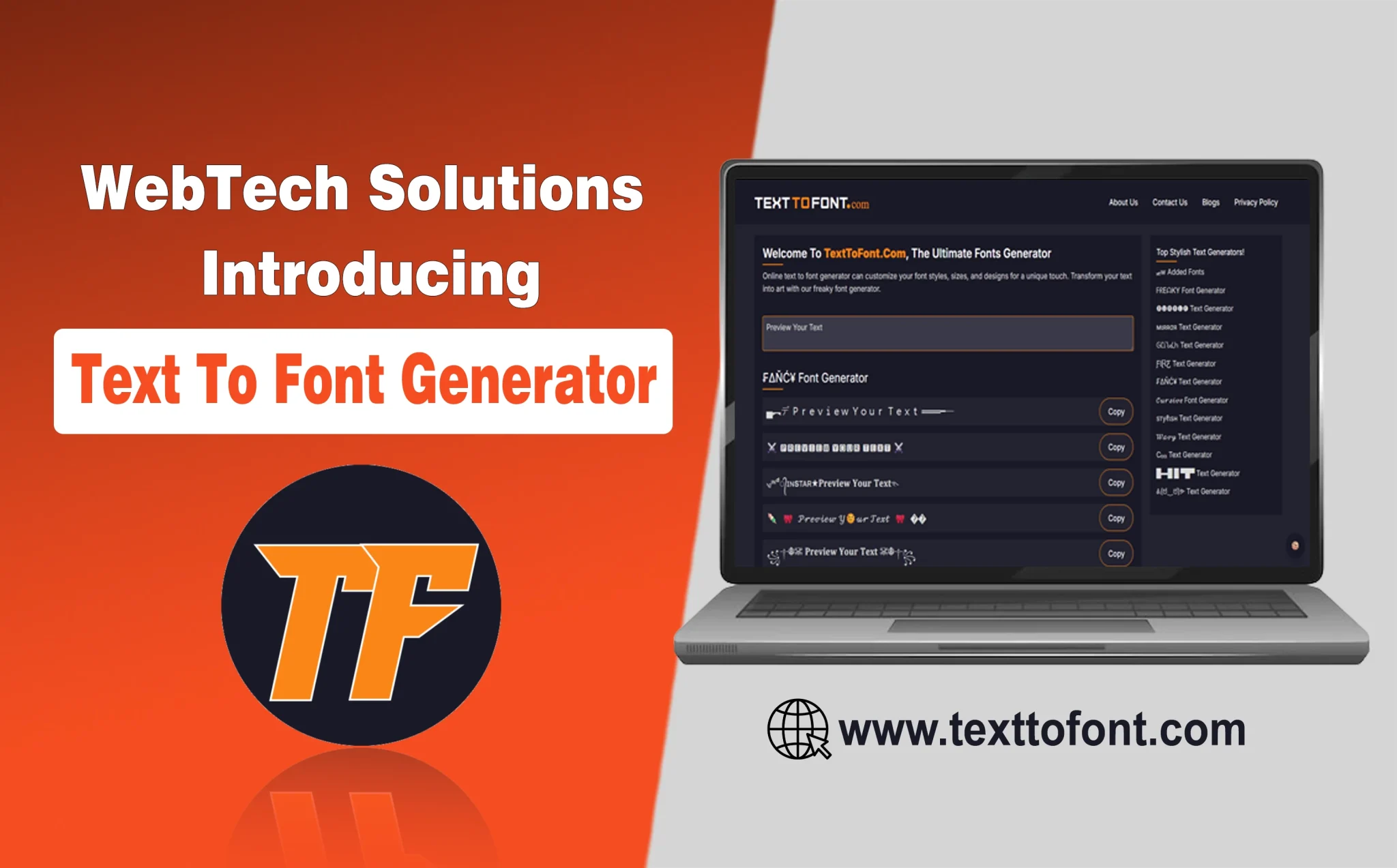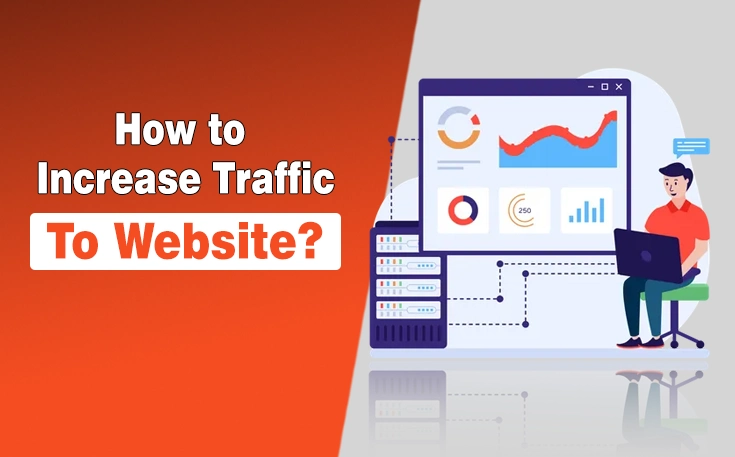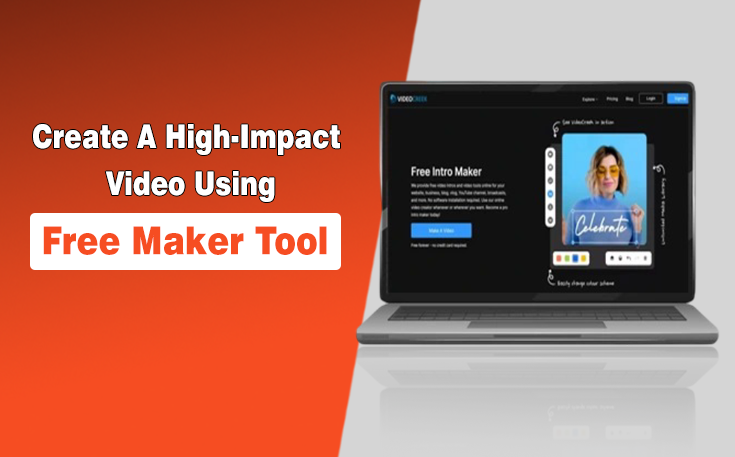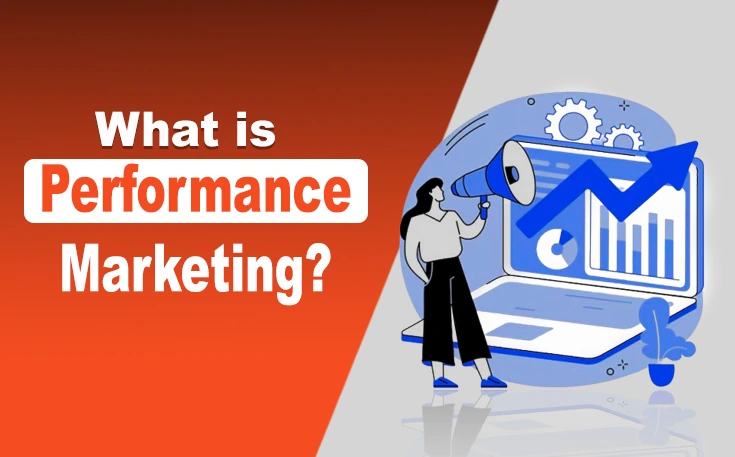Building a strong customer loyalty program keeps people coming back for more. Users become fans of a brand when a program is good. So how do you know if your work is really getting done?
The key is to measure progress. A lot of companies start programs and forget to check how things are going. It wastes time and money to do this.
Programs that work don’t just happen. Care must be taken to find them. You need to keep an eye on certain numbers. That which works well is shown by these measures. They also point out things that need to be fixed.
In this blog post, I have listed the best metrics to track for the success of your loyalty program and why they matter.

The Top 6 Metrics To Track For Loyalty Program Success
1. Customer Retention Rate
Keeping customers means getting them to buy from you again. It tells you how many people stay. This measure is a key part of loyalty. Customers who stick with you for a long time value you. They keep coming back for more. This makes a steady stream of customers. It makes sure growth in the long run.
It costs less to keep people. It costs a lot to get new ones. A high rate of return saves money for marketing. It lets you put your money somewhere else. People who are loyal and happy tend to spend more. They will speak out for you the most. This starts a strong loop. Track review performance for maximum customer retention.
2. Repeat Purchase Rate
The repeat buying rate is easy to understand. It keeps track of how often people buy from you again. This number is a clear sign of loyalty. Customers who stick with you buy more often. They believe in your brand. If the rate is high, it means your program works.
This rate has an immediate effect on your income. More return sales mean more money in the bank. It shows that your goods meet wants. This action is rewarded by your system. You get into the habit of buying things. So, there will be a steady flow of income.
3. Average Order Value (AOV) of Loyal Customers
Spending is tracked by Average Order Value (AOV). This is a great deal for loyal customers. It tells you how much each order costs. Many times, loyal customers pay more. They feel like they know your brand. Using your program makes people buy bigger carts.
A bigger AOV means more money in the bank. You make more money with fewer deals. This lowers your running costs the most. It proves that your award system works. Customers buy more when they are given incentives. This makes every sale worth the most.
4. Referral Rate from Loyal Customers
The rate of recommendation is very strong. It counts the number of repeat buyers who invite their friends. This is a very strong business endorsement. Customers who stick with your business really trust it. They are ready to give it to you. In turn, this creates fresh, good leads.
People you know are often better buyers. They have a higher rate of recall. Most of the time, their AOV is also higher. Referrals lower the cost of getting new customers. Your loyal buyers will promote your business for you. This makes a cycle for the business to grow.
5. Loyalty Program Engagement Rate
Engagement rate shows how people are using a tool. It keeps track of how often users use it. Do they get points? Do they cash in rewards? Are they engaging with the material? Program value is shown by high participation. Members care, as shown by this.
A community is made up of active people. They feel like they’re part of your brand. This makes their bond stronger. Engaged users tell others about good things. It’s natural for them to become company ambassadors. This helps your spontaneous growth. Track loyalty success with Yotpo.
6. Customer Lifetime Value (CLTV)
One important number is Customer Lifetime Value. It estimates how much money one person will bring in. This includes everything they do with you. CLTV is high for loyal users. They spend more time and money. This measure shows how loyalty affects money.
Customers with a high CLTV are very important. They bring in steady, long-term money. You can put more money into them. This relationship ends up being good for both sides. The money coming into your business stays stable. This guarantees security in the future.
Comparing Top 3 Loyalty Platforms: Why Yotpo Excels?
A lot of platforms have loyalty schemes. They say they can help you do great things. But not every tool is the same. Some only make simple points. Others really make relationships better. Let’s look at the best choices.
1. Yotpo
The Yotpo stands out as a star. It gives you more than just points. Yotpo really gets to know its customers. It lets you get a lot of information. Deep personalization is made possible by this info. Based on behavior, you make parts. This lets awards be tailored. Track loyalty success with Yotpo.
Yotpo works well with e-commerce in many ways. It links to your Shopify shop. This easy flow of information is very important. It quickly gets a record of what you’ve bought. It is also used to track review performance. You can see everything about the customer this way. This all-around method guarantees strong loyalty. Making things your own is really easy with it. Data silos form when this merging doesn’t happen.
Yotpo is great at bringing people together. It brings together reviews and allegiance. Customers get paid to give feedback. They feel heard this way. They can see the results of their work. This helps people feel like they fit. Yotpo stands out because of this unified method. Most platforms keep these tasks separate.
2. LoyaltyLion
You could also choose LoyaltyLion. Its main goal is to keep customers. It gives you many ways to get rewards. You can make apps with different levels. E-commerce can also be used with it. That helps you make a loyalty plan.
Strong classification is available in LoyaltyLion. Customer groups work well for you. This helps change certain habits. It works with different earning rules. You can give free stuff and more. This gives you a program that can be changed easily. Programs are general if they don’t have good segmentation. They don’t talk to every customer. Engagement is going to be low.
It has an easy-to-use layout. It is simple to set up a program. It lets you launch fast. Users can get good help from it. This makes it easy to run the app. It takes away some of your basic problems. You stay away from a tool that is hard to use. You might not use every part. Your plan might not work as well.
3. Smile.io
A lot of people choose Smile.io. It’s known for being easy to understand. Points, connections, and VIP levels are all part of it. With Shopify, it works well. This means that many people can get to it. Smiles are often chosen by small businesses.
It’s great that Smile.io is so easy to use. It’s easy to set up. It gives you clear, easy ways to get rewards. Its prices are usually good. It helps companies get going quickly. This means that everyone can be loyal. A complicated system turns people away. You might give up before you even begin. Your attempts to be loyal would fail.
Referral schemes are a big part of it. You can easily give people reasons to share. This helps bring in new users. It also has a good VIP system. This makes people more likely to spend more. Good growth is caused by these things. For those who don’t have good recommendation tools, you lose. You miss how easy it is to get new customers. You grow less quickly. It can be used to Track Review Performance.
Conclusion
It’s important to keep track of the right measures. It makes sure that your loyalty program does well. These six measures make things very clear. They show how effective your program really is. They can help you improve your approach. This is what makes a business grow.
One tool that stands out is Yotpo. It gives you the most customization possible. It helps groups stay strong. It brings together customer trust and strong reviews. This unified method makes fans stick with you. Your company will do well and grow.
FAQS
Q1. How long does it take for a loyalty scheme to work?
A1. In 3 to 6 months, you should start to see effects. For full effect, it takes about a year. It’s very important to keep working hard.
Q2. Can business-to-business loyalty schemes work?
A2. Without a doubt! B2B loyalty is all about building partnerships. It pays people who buy from them again and tell their friends about them. It helps clients feel like they can trust you.
Q3. What’s the difference between a discount program and a reward program?
A3. Being loyal makes ties last a long time. Discounts are only good for a short time. Loyalty is rewarded by ongoing participation.
Q4. Is it better to thank people with points or discounts?
A4. With points, you have more options. Customers pick the gifts they want. Direct discounts can make your business less valuable.
Q5. How often should I make changes to my reward program?
A5. Every 6 to 12 months, look over your plan again. Make small changes based on facts. Keep it interesting and new.
Need custom app with amazing features?
Get a Quote




